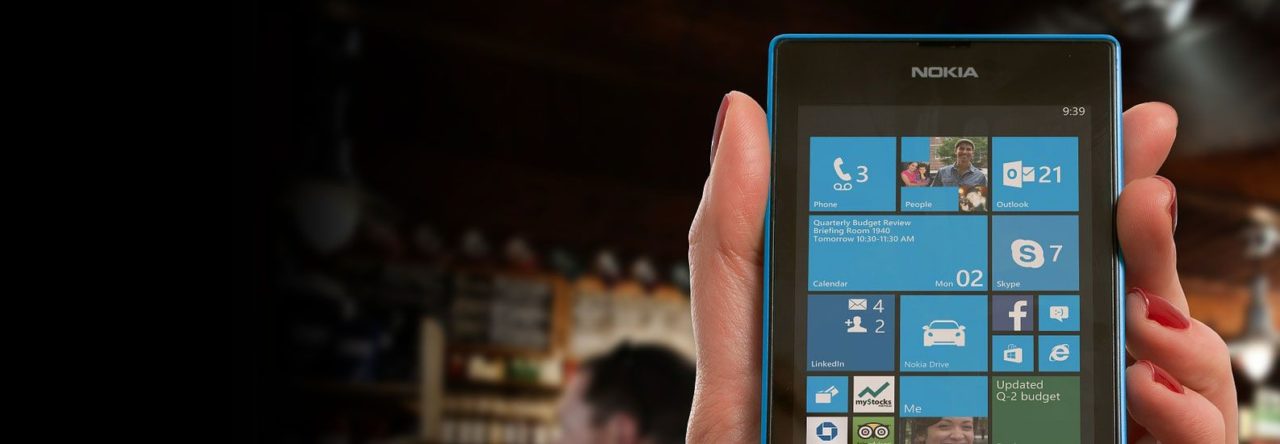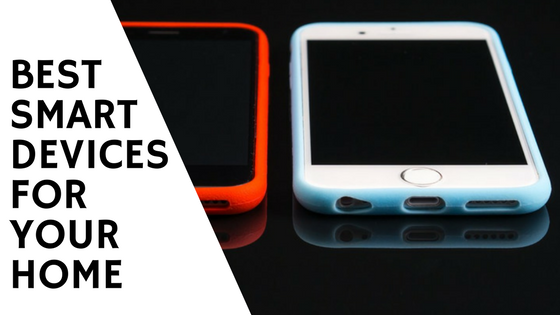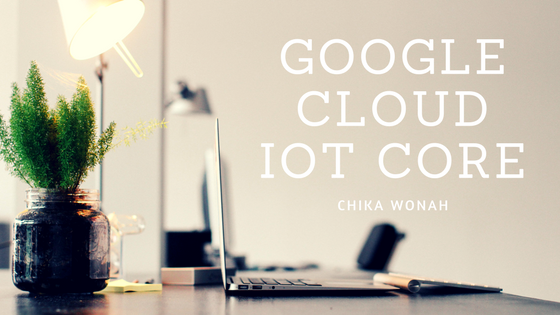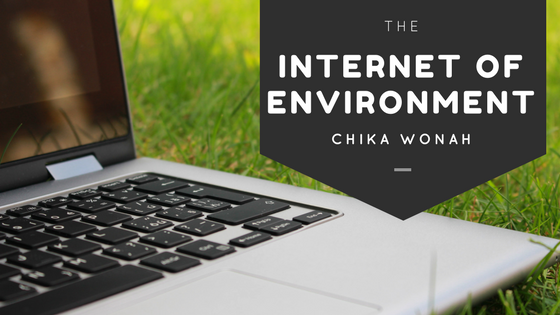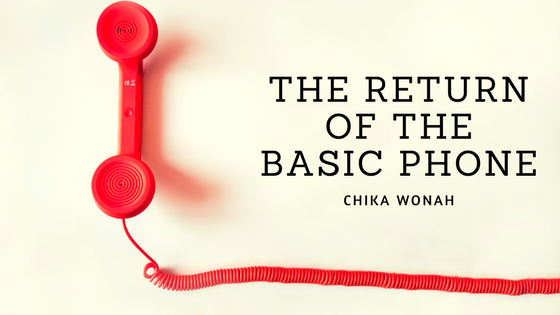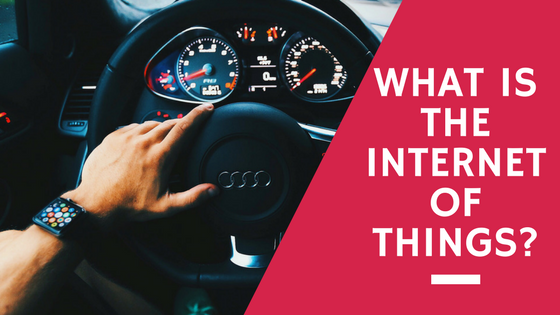Many corporations have prioritized cyber-security amid the COVID-19 pandemic. PwC’s recent report shows that 96% of managers have changed their cyber-security techniques, and 40% of them claim that their digitization efforts have increased. Correspondingly, IDC anticipates that global security expenditure will increase by a compound annual growth rate (CAGR) of 8.1% during the 2020-2024 prediction period, reaching $174.7 billion in 2024. Similarly, Forrester’s 2021 cyber-security forecasts indicate that funding for cyber-security companies whose headquarters are outside the United States will rise by 20% in 2021. Analysis Mason also predicts that between 2019 and 2025, mobile device security will be the fastest-growing cyber-security category and will reach $13 billion with a CAGR of 17%.
In 2020, breaches became a challenging problem that was difficult to stop. For example, the U.S Depart of Health and Human Services (HHS) Breach Portal shows that in 2020, 436 breaches attacked healthcare organizations, affecting 17.3 million.
Here is a list of predictions that apprehend how cyber-security will advance in 2021:
1. In 2021, 55% of businesses will increase their cyber-security budget allocations, and 51% will hire more full-time cyber staff.
2. In The Next Three Years, the most dominant cyber-security technologies will be the Cloud Workload Protection Platform, Passwordless Authentication, and Posture Management. As Gartner’s Impact Radar for Security framework indicates, the Zero Trust Networking will have a significant impact within a period of one to three years.
3. Security services will be the fastest and largest growing security market sector, occupying half of the security budget meant for the 2020-2024 prediction period. The segment will also attain a CAGR of 10.5% in five years.
By 2021, cyber-security IT spending will reach a CAGR of 12% due to the drastic increase in cybercrimes, such as breaches, endpoint security attacks, phishing, and privilege access credential abuse.
- Intellectual Property will be cyber criminals’ target in 2021.
- The global cyber-security expenditure for small and medium-sized businesses will increase by 10% CAGR between 2019 and 2024, making this segment an $80 billion industry in four years.
4. Business cybersecurity spending will grow at a higher rate in four major industries- healthcare services and systems, financial and banking, technology and media, and social and public segments.
5. Improvements in AI and machine learning will contribute to 80% of devices’ capability to self-secure-and-heal, enabling IT to implement policies and remain confident that their data and devices are safe.
- Many companies will struggle to reduce their vulnerability to cyber-attacks in 2021 and beyond.
- Over the next five years, cyber-crime costs will increase at an annual rate of 15%, reaching $10.5 trillion per year by 2025.
- Security vendors will continue to consolidate endpoint security in 2021.
In 2021, cybercriminals will devise new and innovative ways to attack personal devices to access corporate networks. While the COVID-19 pandemic has forced workers to work remotely, many organizations have not fully protected their employees. As a result, cyber attackers will exploit these gaps, leading to increased cybercrimes.
